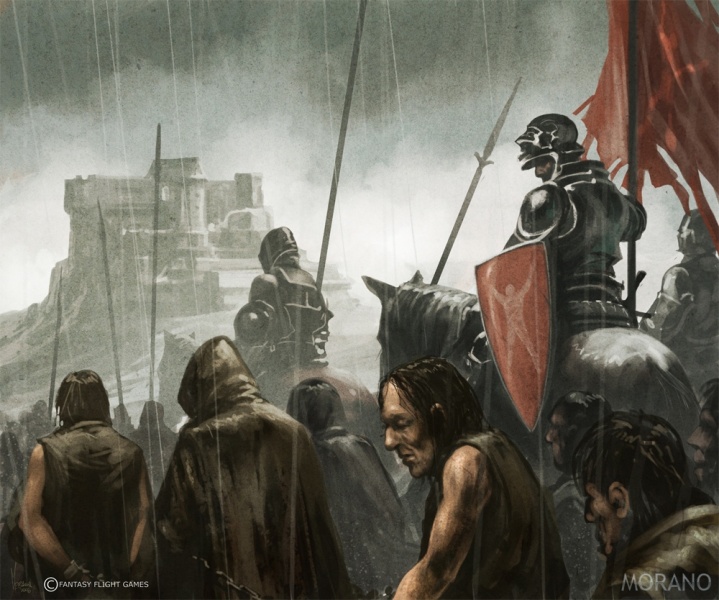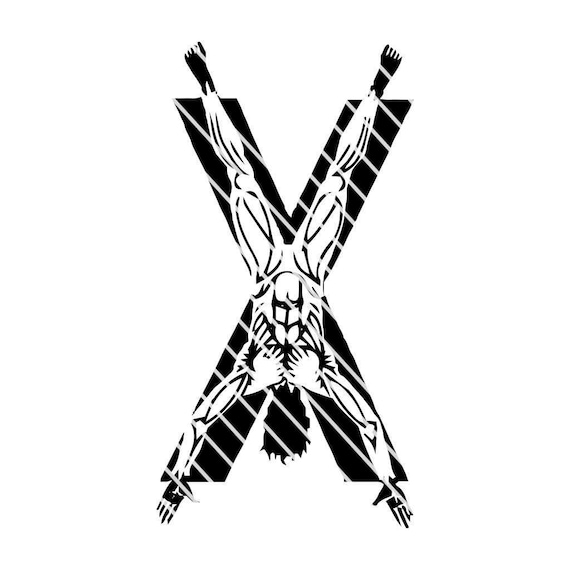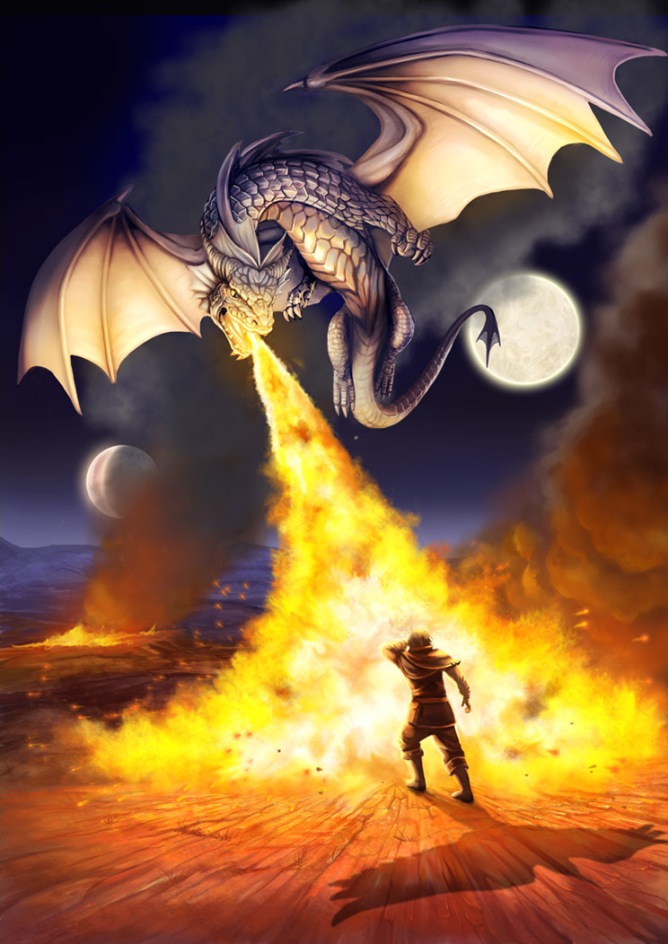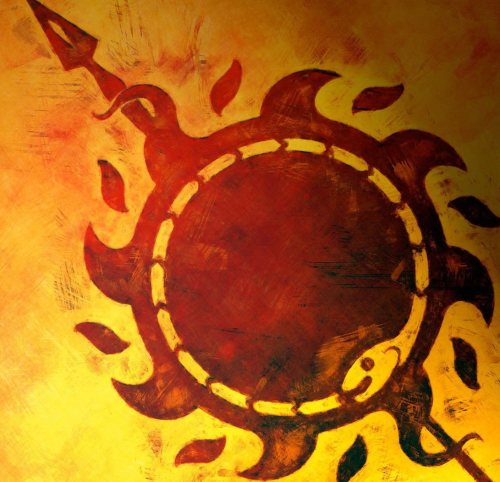The following essay is used with permission from the Tower of the Hand e-book “A Hymn for Spring” featuring essays by fellow Wars and Politics of Ice and Fire writer SomethingLikeALawyer, Steven Attewell from Race for the Iron Throne, Stefan Sasse from the Boiled Leather Audio Hour, Aziz and Ashaya from the History of Westeros podcast, Amin Javadi from A Podcast of Ice and Fire, John Jasmine, Marc Kleinhenz and Alexander Smith from Tower of the Hand.
It’s a real good book if I do say so myself!
Introduction

Artwork by HBO
A large part of the success of A Song of Ice and Fire comes through George R.R. Martin’s ability to write compelling characters with complex motives. In the books themselves, the thoughts, words, and actions of the POV characters are windows into the plot, setting, and, most of all, the personality and values of other characters in the series – and easily one of the more controversial of these characters is Stannis Baratheon. He inspires love by some, hatred by others, and fear by most of the other characters in A Song of Ice and Fire.
But if there were a point of agreement between Stannis’s supporters and detractors alike, it would be that he is inflexible. Throughout the narrative, the stern Lord of Dragonstone is spoken of as being an excellent commander but also of being brittle and inflexible.
“Robert was the true steel. Stannis is pure iron, black and hard and strong, yes, but brittle, the way iron gets. He’ll break before he bends. And Renly, that one, he’s copper, bright and shiny, pretty to look at, but not worth all that much at the end of the day.” – Donal Noye (ACOK, Jon I)
Noye’s sentiment is shared by others.
“The man [Stannis] is iron, hard and unyielding.” – Petyr Baelish (AGOT, Eddard XIII)
“They are quite a pair, Stannis and Renly. The iron gauntlet and the silk glove.” – Varys (AGOT, Eddard XV)
This one will never bend, she thought. – Catelyn Stark (ACOK, Catelyn III)
His eyes were sunk in deep pits, his close-cropped beard no more than a shadow across his hollow cheeks and bony jawbone. Yet there was power in his stare, an iron ferocity that told Asha this man would never, ever turn back from his course. – Asha Greyjoy (ADWD, The King’s Prize)
Even Davos Seaworth, the one character who unconditionally loves Stannis, considered his king and friend to be inflexible.
Davos held up his gloved hand. “My fingers will grow back before that man bends to sense.” (ACOK, Prologue)
Within the Song of Ice and Fire fan community, Noye’s analogy of Stannis Baratheon as iron has gained a lot of traction – even Stannis’s fair share of fan-admirers mainly hold to Noye’s perspective. Readers admire his tactical and strategic acumen and view his actions in saving the Night’s Watch from wildling invasion favorably. But many also hold to the belief that the would-be king is inflexible and stubborn to his cause’s detriment.
Even those who think that Stannis is more flexible don’t see this transformation taking place until sometime in A Storm of Swords. The running theory of this group seems to be that once Davos convinced Stannis to put the horse in front of the cart and rescue the realm from wildling invasion, the would-be king became more willing to bend to make alliances in the north.
But I think that Donal Noye, Catelyn Stark, and the fans who view Stannis as unyielding iron have an incomplete view of the man. While I think that Stannis is, indeed, hard and strong, the brittle and breaking aspect of the metaphor is lacking. I think that he is much more flexible than the characters in – and fans of – Ice and Fire give him credit for. And I hold that this flexibility goes farther back in the timeline than previously thought.
Continue reading →








